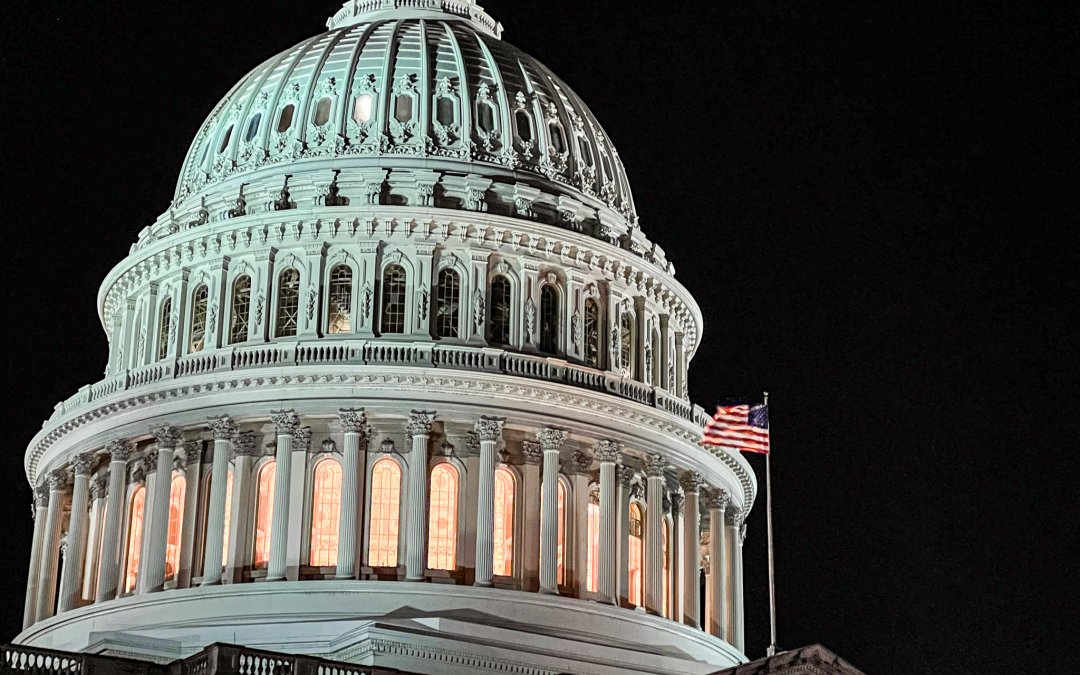WASHINGTON — Immigration attorneys and judges implored lawmakers on Wednesday to find solutions to the nation’s backlogged immigration court system, where 2.6 million cases remain pending — a significant uptick from 1.6 million cases in December 2021. They called for action items, including greater judicial resources and an independent immigration court system.
“(In) many cases, the outcomes of these hearings are a matter of life or death,” said Sen. Alex Padilla (D-Calif.) at a Senate committee hearing. “There are mounting challenges that threaten non-citizens’ right to due process.”
Some respondents, including children, cannot attain legal representation, while others have to wait years for their cases to be heard. In places like Florida and California, immigration judges have set court dates for 2027.
Though Congress poured money into immigration enforcement, it’s a different story for immigration courts, which deal with large caseloads and small staff. The immigration court system, consisting of 650 immigration judges and 69 immigration courts, is financially unequipped to manage the hundreds of thousands of new cases each year, some say.
An overwhelmed immigration court system hurts respondents, who wait in a so-called “legal limbo.” For example, delays prolong the eventual granting of relief and cause families to separate. Also, since only 28 states have an immigration court, respondents may have to travel far to attend court hearings.
Mimi Tsankov, an immigration judge seated in New York, said the immigration court system has long been poorly resourced. From her experiences, she cited staffing shortages, dried-up budgets and canceled training conferences — all of which exacerbate delays.
“Justice delayed is justice denied,” Tsankov said. “We have years worth of paper files sitting in our hallways waiting to be scanned.”
The Executive Office of Immigration Review, the agency that oversees immigration courts, has taken steps to improve its workforce planning, such as filling a Human Resource Officer position, said Rebecca Gambler, an official at the U.S. Government Accountability Office. But the EOIR has yet to develop a strategic workforce plan, though GAO recommended it in 2017, she said.
Immigration judges don’t have the common judicial tools to manage their crushing caseloads, said Charles Stimson, a legal expert. Unlike federal and most state court judges, immigration judges cannot render a judgment on pleadings, nor can they use contempt of court.
If immigration judges have these tools, estimates say their caseloads could be cut by 75 percent, Stimson testified.
“If Congress does nothing, deprives immigration judges of the common judicial tools, their caseload will climb into the millions,” Stimson said. “Immigration judges are handcuffed, managing tens of thousands of patently meritless cases from filing to final judgments.”
Sen. John Cornyn (R-Texas) raised concerns about meritless cases “clogging” immigration courts. In fiscal years 2022 and 2023, immigration judges granted asylum in over 40 percent of cases, according to EOIR.
Padilla asked if all unsuccessful cases were meritless. In response, Tsankov said judges have a responsibility to listen to the argument, regardless of their final ruling.
“When the system is as overburdened as it is, it takes time to find and get to those cases that are meritorious,” Tsankov said. “We are required by the Constitution to provide due process — even to those individuals who don’t have, ultimately, a meritorious claim.”
Sen. Mazie Hirono (D-Hawaii) stressed the lack of available legal representation, as detained individuals with attorneys are 10.5 times more likely to be granted relief.
Hirono questioned how respondents are supposed to navigate a complicated immigration system without legal assistance, given they already face language barriers. There are also vulnerable groups within the immigrant population, such as 300,000 unaccompanied children.
“Children cannot represent themselves in court,” Hirono said. “It’s that simple.”
Currently, the immigration courts are housed within the Department of Justice, which is headed by a political appointee. Under this structure, both Democratic and Republican administrations can intervene with the independence of the court, said Jeremy McKinney, an immigration lawyer.
McKinney recalled one of the cases he oversaw. He represented two children, a brother and sister from Central America whose father sold them into domestic servitude.
The children were granted asylum, he said, because they feared persecution on account of domestic abuse, which secures these protections. But years later, those rules changed.
Under the Trump administration, former Attorney General William Barr, who has the power to override immigration court decisions, gutted asylum protections for immigrants escaping domestic abuse, like the children in McKinney’s case. In 2021, Attorney General Merrick B. Garland reversed that ruling.
“Immigration courts are not real courts,” McKinney said. “They are exceptionally vulnerable to interference from the executive branch.”
McKinney and Tsankov pushed lawmakers to establish a separate immigration court system, which would operate independently of executive powers.
“Having an independent judiciary, one that delivers timely and fair decisions, to all those who come before is a bedrock principle of our American democracy,” Padilla said. “There’s a clear need for reform.”


